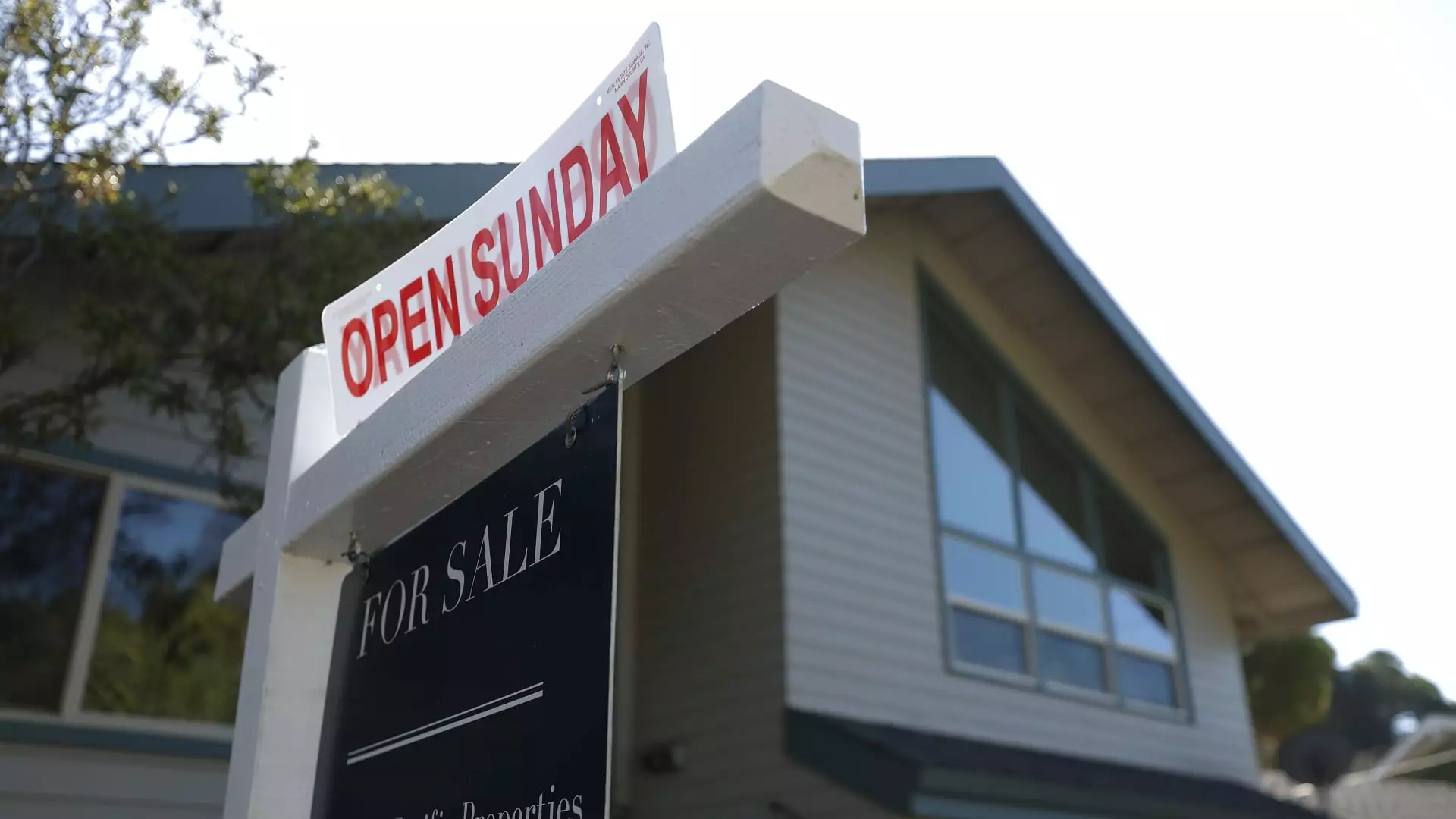The landscape of U.S. mortgage rates has recently transformed, witnessing a decline that has prompted a flurry of refinancing activity among homeowners. With rates hitting two-year lows, there has been an influx of borrowers eager to capitalize on potential savings. The Mortgage Bankers Association (MBA) reported a staggering 20% increase in refinance applications for the past week, a significant surge when contrasted with the preceding week. Notably, this surge is amplified when viewed against the previous year, with demand now 175% higher than during the same week a year ago, illustrating a remarkable shift in homeowner sentiment and behavior amidst a fluctuating economic climate.
As the market adjusts, the average interest rate on 30-year fixed-rate mortgages with conforming loan balances has decreased modestly from 6.15% to 6.13%. Meanwhile, loan points have marginally increased from 0.56 to 0.57, taking into account origination fees for those making a 20% down payment. One year prior, the average rate was significantly higher at 7.41%. Joel Kan, the MBA’s vice president and deputy chief economist, has pointed out that this decrease represents the eighth consecutive week of declining rates, with the FHA rate even dipping below the crucial 6% mark, now at 5.99%. Such rate reductions generally stimulate refinancing interest, and the latest figures suggest a marked increase in applications for both conventional and government-backed loans.
Despite the optimism surrounding the increase in refinancing applications, it’s essential to contextualize these figures. The refinance share of total applications has risen to 55.7%, marking a significant majority. However, when compared to previous refinancing waves triggered by more favorable conditions, the current levels remain relatively modest. Seasonal variables, particularly a slowdown in homebuying during this period, contribute to this tempered enthusiasm. While applications for new home purchases saw a minor uptick of just 1% week-over-week, they remained 2% higher than in the same week last year. This slower pace reflects ongoing challenges such as elevated home prices and a lack of inventory.
Another noteworthy aspect is the trend of escalating average loan sizes. For both refinance and purchase applications, loan sizes have reached unprecedented heights, with the average now standing at $413,100, the highest recorded in the MBA’s survey. This increase may signify that buyers are adjusting to the current market conditions by seeking larger loans amid high demand and limited housing supply. As we enter October, attention turns towards upcoming economic data that could influence mortgage rates, yet the market appears stable, leaving both homebuyers and refinancers to navigate an intricate web of opportunities and challenges ahead.
While the recent decline in mortgage rates has undeniably sparked heightened refinancing activity, the broader housing market continues to grapple with significant hurdles. Homebuyers face pressure from high prices and limited inventory, while the refinancing surge, albeit substantial, is not without its limitations. The future will likely depend on key economic indicators that shape both consumer confidence and lending conditions.

